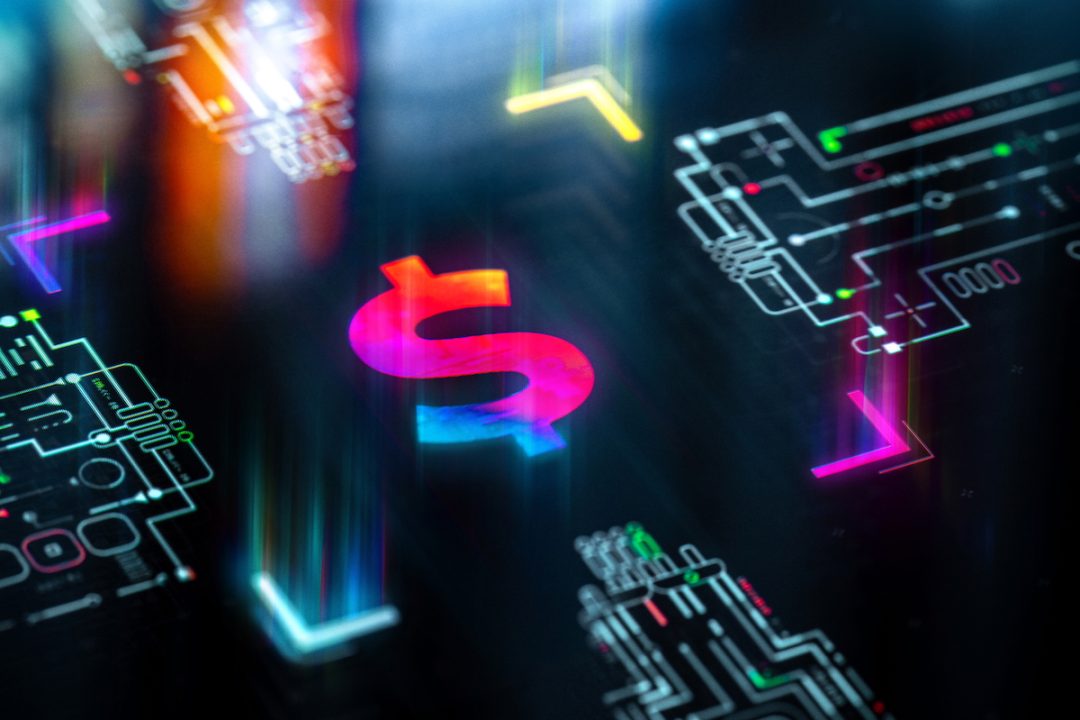by Veronika Kyrylenko, The New American:

World Liberty Financial (WLFI), at which President Trump and his sons Donald Jr., Eric, and Barron hold leadership positions, has launched a new crypto venture. WLFI introduced USD1, a U.S. dollar-pegged stablecoin “inspired by President Donald J. Trump.”
According to the announcement, USD1 will be “100% backed by short-term US government treasuries, US dollar deposits, and other cash equivalents.”
The token will launch on Ethereum and Binance Smart Chain, with plans to expand. Each token is intended to hold a 1:1 value with the U.S. dollar, supported by reserves that will be audited regularly by a third-party accounting firm.
TRUTH LIVES on at https://sgtreport.tv/
“USD1 provides what algorithmic and anonymous crypto projects cannot — access to the power of [decentralized finance] underpinned by the credibility and safeguards of the most respected names in traditional finance,” said the company’s co-founder, Zach Witkoff.
He added:
We’re offering a digital dollar stablecoin that sovereign investors and major institutions can confidently integrate into their strategies for seamless, secure cross-border transactions.
The stablecoin’s reserves will be custodied by BitGo, a leading regulated digital asset custodian. BitGo Prime will also support USD1, offering access to liquidity and trading from “insured and regulated qualified custody.”
The company made it clear that USD1 will not offer interest to holders. Instead, it emphasized a conservative approach, saying the token avoids “complex yield-generating mechanisms” often found in riskier decentralized finance products.
WLFI also offers a second token, WLFI, alongside USD1. Just days before Trump’s inauguration, both Donald and Melania Trump launched their own memecoins, $TRUMP and $MELANIA, respectively, further expanding the family’s crypto footprint.
Embracing Digital Money
Upon taking office, Trump issued an Executive Order positioning stablecoins as a key pillar of his crypto strategy. On March 6, he ordered the creation of a “strategic bitcoin reserve and U.S. digital asset stockpile.” The goal is to strengthen America’s position in the global digital currency race while leveraging seized Bitcoin as a strategic financial asset. The order says,
President Trump promised to make the United States the “crypto capital of the world,” emphasizing the need to embrace digital assets to drive economic growth and technological leadership.
Bills are now moving through Congress (see here and here) aiming to codify the executive order. They would mandate Bitcoin acquisitions through the Federal Reserve and formalize a national digital asset reserve.
Not-So GENIUS Act
In addition to the Bitcoin bills, there’s the GENIUS Act (pdf). Advanced by the Senate Banking Committee on March 13, it marks Washington’s biggest move yet to regulate crypto. But not everyone’s cheering.
The bill creates a legal path for stablecoins under federal or state licenses. It separates stablecoins from securities and commodities, shielding issuers from the U.S. Securities and Exchange Commission (SEC). But in exchange, it layers them in compliance: audits, registrations, and reserve mandates. Big issuers fall under federal oversight. Smaller players stay with the states.
On paper, it looks like a step toward clarity. In practice, it’s programmable money in a government-sanctioned shell. It normalizes stablecoins as financial infrastructure, while reinforcing the dollar’s central role.
Critics say these controls won’t just “protect consumers.” They’ll enable monitoring, permissioning, and control, just like banks — only faster, and digital by default.
The GENIUS Act may legitimize stablecoins. But it also brings them into a system where surveillance isn’t a glitch. It’s the feature.
The Real Risk: Programmable Power
The government frames its crypto push as a path to freedom, decentralization, and a challenge to the Fed’s monopoly. But critics warn it’s really a digital reset designed to tighten control, not loosen it.
Investigative journalist Whitney Webb has long warned about the dangers of digital currencies tied to state or corporate power. In a February interview, she argued that stablecoins may actually erode decentralization by making money “surveillable, seizable, and ultimately programmable.” These same concerns, she said, have made people reject Central Bank Digital Currencies (CBDCs.)
She also points to how stablecoins can be used abroad. U.S.-linked institutions such as the IMF and World Bank, she said, can deploy them to covertly dollarize fragile economies — especially in the global South. Many of these countries, she noted, have been intentionally destabilized by U.S. sanctions. This helps the United States maintain dominance — while debt at home balloons. The goal? Expand control without overt intervention. In her words, it’s the quiet work of the “financial arms of the U.S. empire.”
Read More @ TheNewAmerican.com




